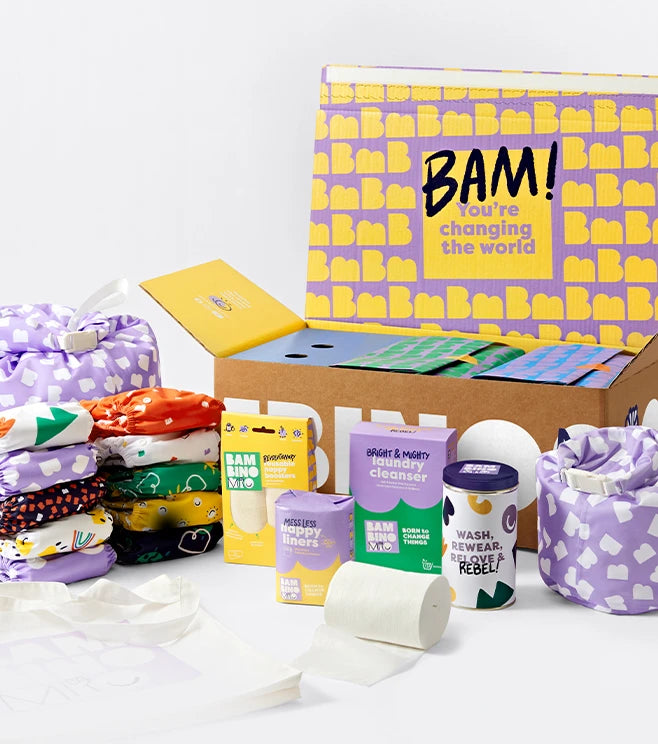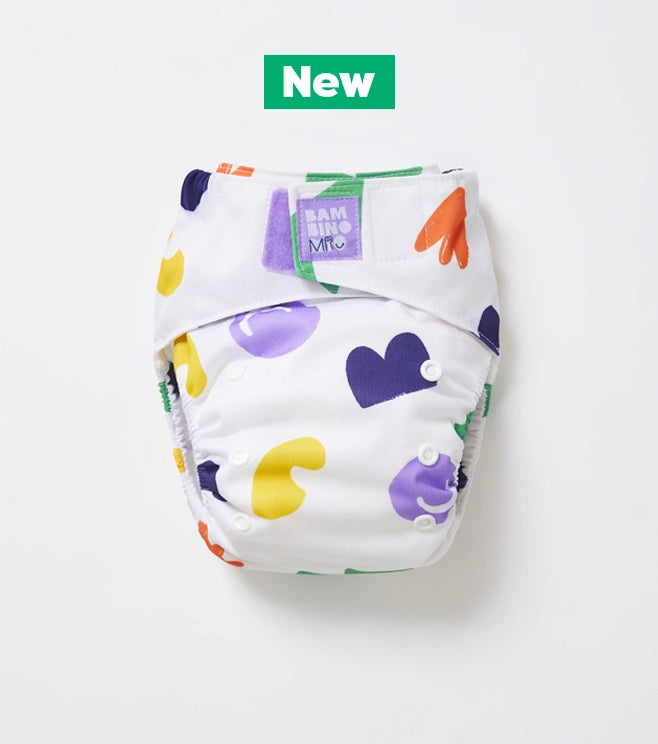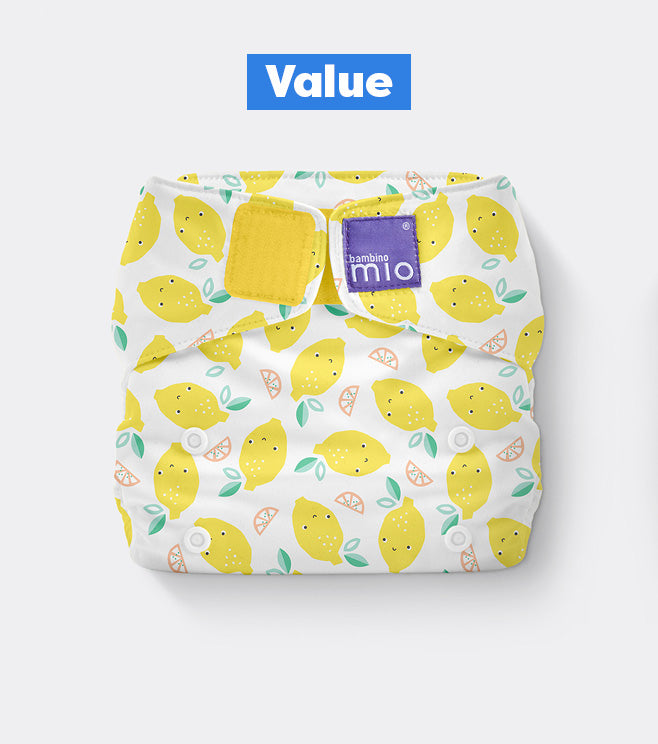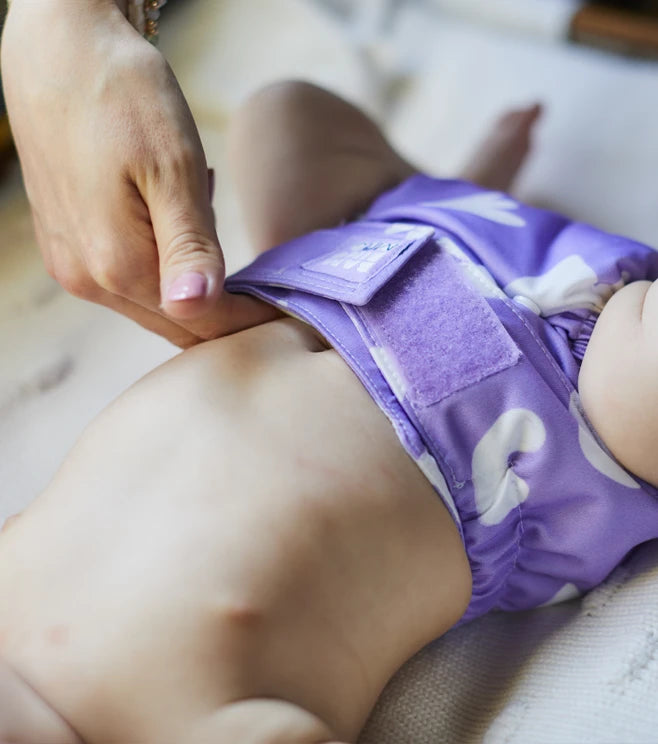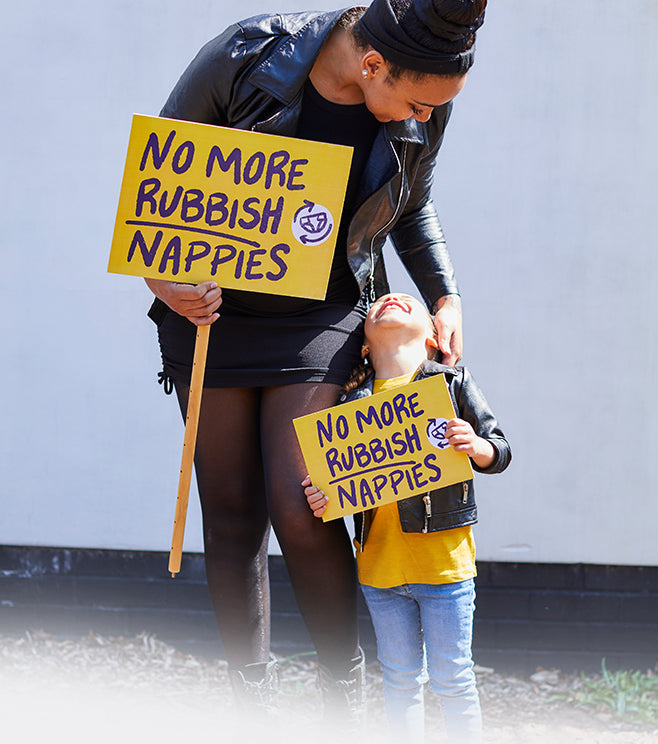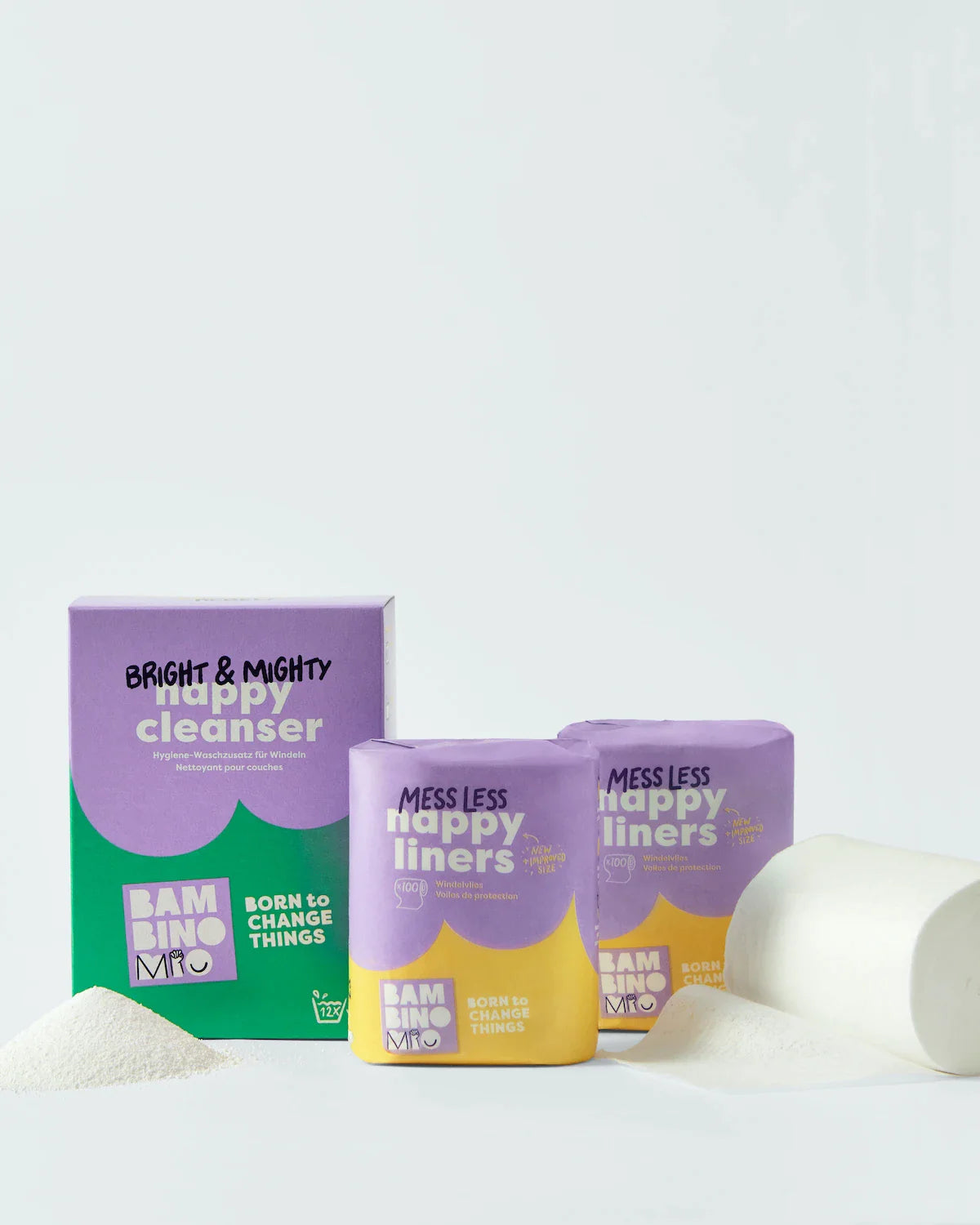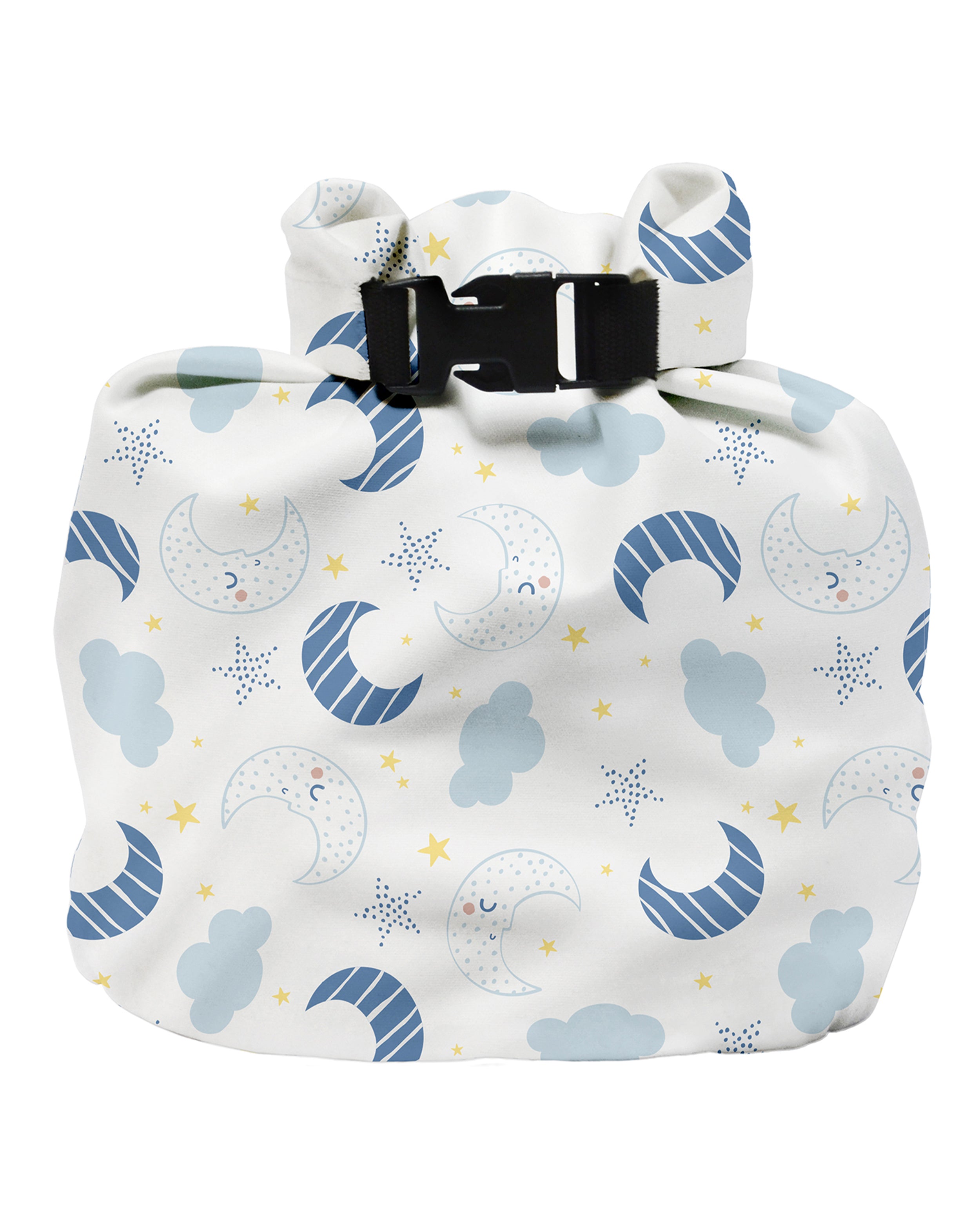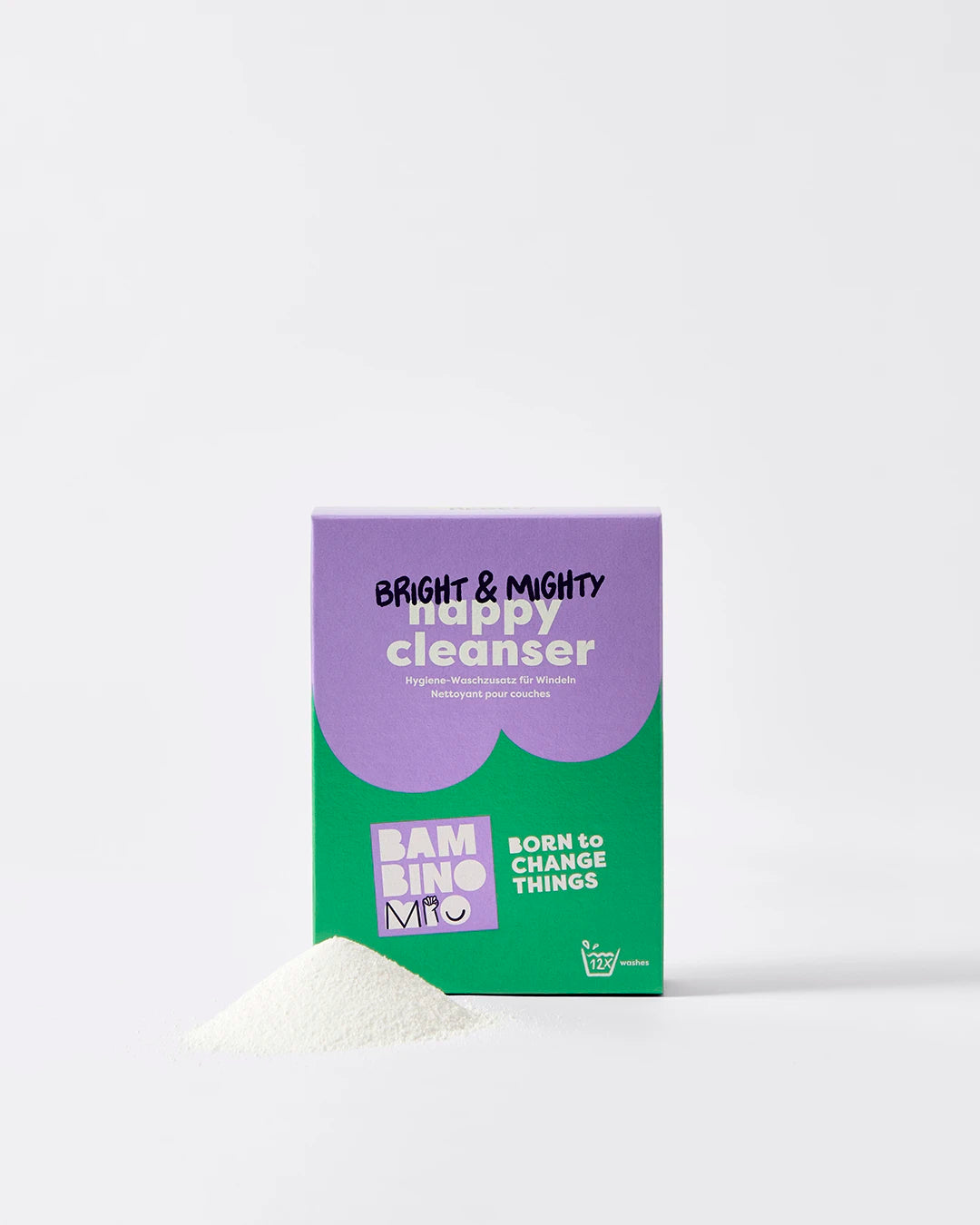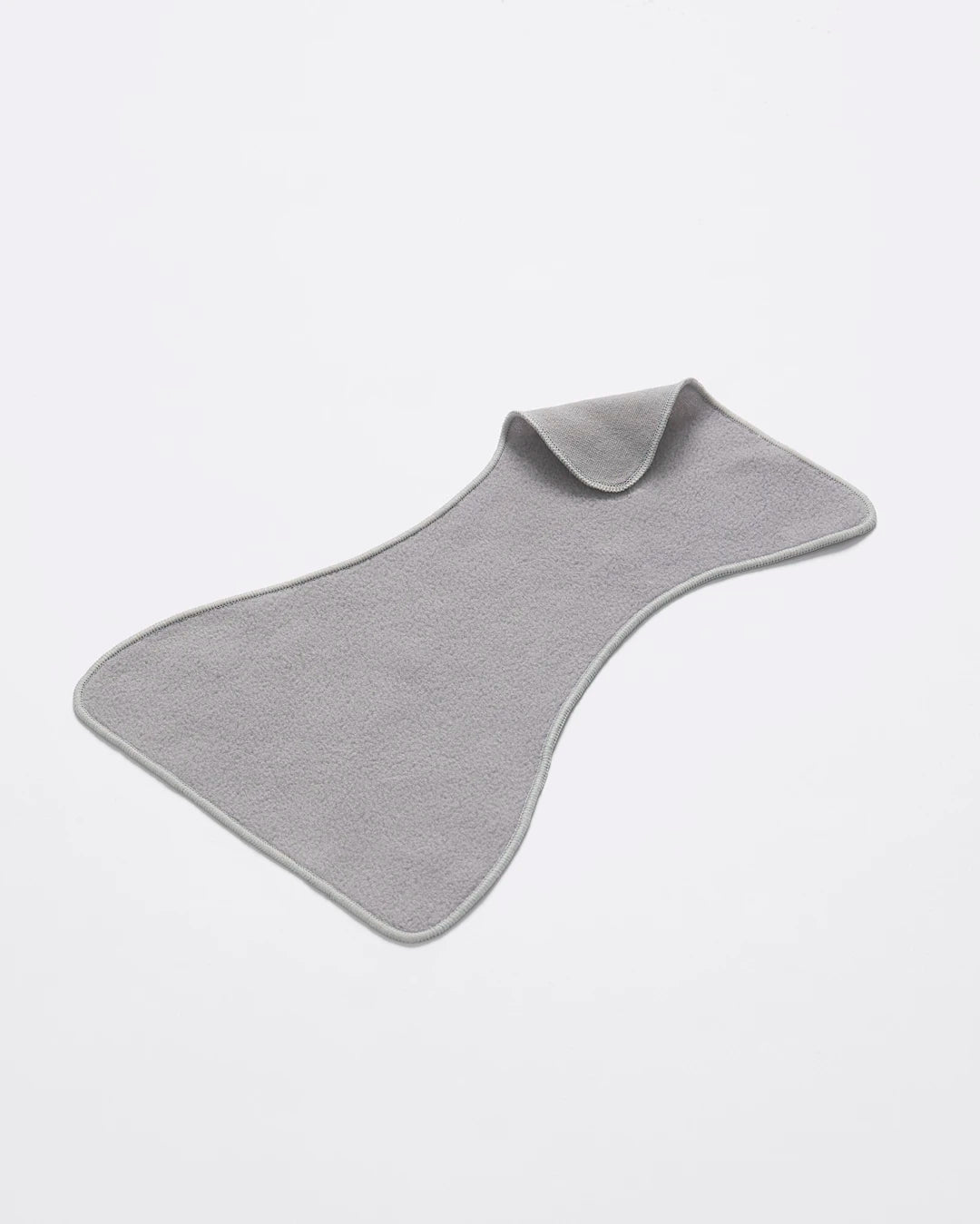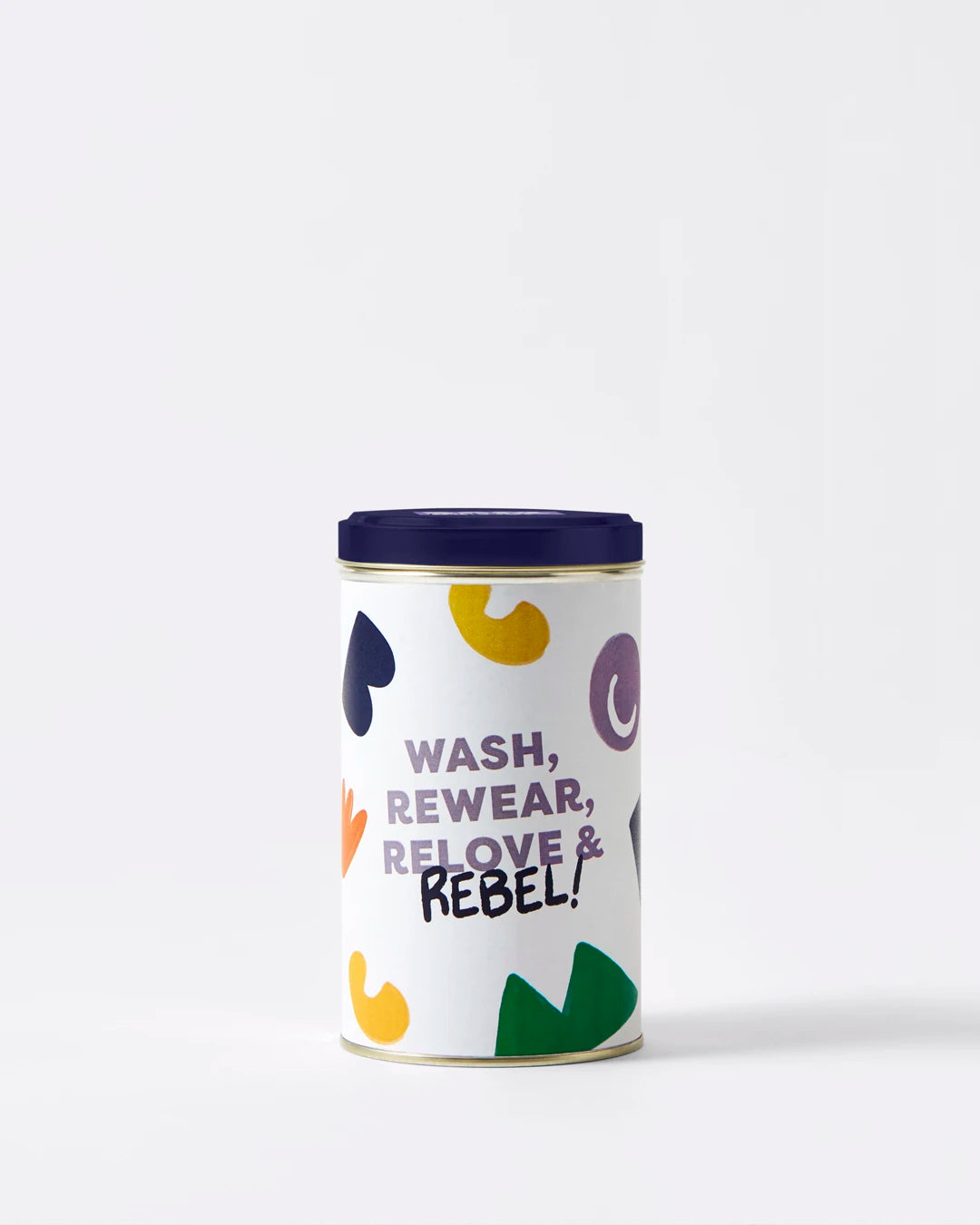Week 36 of Pregnancy | How Big is Your Baby at 36 Weeks?
Share Options
- Bambino Mio
- 29 / 06 / 2023

Inside this Article:
Pregnancy is a time of huge change for you, your body and your life. Our guide will help you through this amazing time, letting you know what to expect at each stage and, most excitingly, what your baby is up to each week.
Your baby is the size of a bunch of kale!
By 36 weeks of pregnancy you’re actually at the nine months mark! We all think of pregnancy as being nine months long but in reality, 40 weeks is nearer to ten months. However you slice it, though, you’re in the home straits now and your baby is going through their last stages of growth and development before birth.
Your baby is, at 36 weeks, 46.8cm (18.5in) from crown to heel and 32.9cm (13in) from crown to rump. They also weigh around 2.75kg (6lbs) and have just four or five weeks to gain another 800g or so.
Baby’s locked and loaded!
The chances are that your baby is in the head-down position (known as the cephalic presentation), ready for their journey through the birth canal. At 36 weeks of pregnancy, more than 90% of babies have managed to get into this position and by 37 weeks, this figure is 97% (1).
Your baby’s sleep-wake cycle (2) is developing further and by 36 weeks of pregnancy they’ll display active sleep and distinct spells of quiet sleep too. Their eyelids are also pretty much fully formed and have distinct smooth margins.
If they’re born around now (3), your baby will be in the late premature or near term category and might not even need any extra help (although your doctors will want to monitor them for a bit).
How you’re feeling at 36 weeks pregnant
You might notice that your baby belly has suddenly dropped down - don’t be alarmed, because this is due to the baby’s head going into your pelvis. This is called engagement (4), or “lightening”, because you’ll realise you can suddenly breathe more fully and your ribs feel less under attack.
The downside of lightening, or engagement, is that your bladder and pelvic area are taking the strain now!
Engagement doesn’t mean birth is imminent. First-time mums might experience lightening as much as four weeks before their baby arrives. Second and third-time mums might have to wait longer - some having to wait pretty much until labour starts.
This extra pressure in your pelvis and on your bladder can cause pains and a feeling of intense heaviness. You might feel as though you have a rock or bowling ball in your pelvis - which isn’t that surprising, really.
Staying healthy at 36 weeks of pregnancy
Your rib pain has probably gone, you can eat and breathe with a bit more freedom and you’re counting down days rather than weeks until your baby’s finally here.
You might be dealing with pelvic pain and pressure instead, though, which can be as troublesome as the pregnancy symptoms you had in earlier months.
Around one in five women experience pelvic pain in late pregnancy (5) and there’s not much you can do to prevent it, but you can alleviate it:
- Wear a strong pregnancy support belt
- Take cool or warm baths
- Lie down with your feet up
- Monitor your symptoms so you’ll know if it’s just pelvic pain or actual labour
Your 36-week midwife appointment
You’ll have a midwife appointment at around 36 weeks of pregnancy (6). At this appointment your midwife will measure your uterus and check your urine and blood pressure.
They’ll also ask about your baby’s movements and check whether your baby is head down yet. If they’re not and your midwife thinks your baby might be breech, they’ll discuss an external cephalic version with you (7). This is a procedure performed on your abdomen to manipulate or persuade the baby so they turn to be head down.
This appointment also covers breastfeeding, vitamin K shots and postnatal depression, as well as newborn care and also care for you in the postpartum period.
Things to think about at 36 weeks of pregnancy
As your baby could come any day now (although it’s still likely they’ll be within a week of their estimated due date) you should finalise your birth plan. Your feelings might have changed since you first compiled it, or some things may no longer be advisable.
If you have pets or plants that need care and tending then you should start to make arrangements with the people who will be standing in for you while you’re in hospital.
Make sure your hospital bag is ready to go - see our list here to find out what you need for your hospital bag.
Carry on with gentle exercise every day. Many women find a birthing ball (8) is a good way to help them to stretch, improve their posture and relax.
Start batch cooking so that your freezer is full of nutritious food that you can simply heat up and enjoy.
Citations and References
(1) National Institutes of Medicine (NIH) National Library of Medicine. ‘Your Baby in the Birth Canal.’ 2023. Web. medlineplus.gov/ency/article/002060.htm
(2) Science Daily. ‘Baby's First Dreams: Sleep Cycles Of The Fetus.’ 2009. Web. www.sciencedaily.com/releases/2009/04/090413185734.htm
(3) National Health Service (NHS). ‘What to Expect in Your Baby’s Development. 32-36 Weeks' Gestation.’ 2023. Web. mft.nhs.uk/saint-marys/services/newborn-intensive-care-unit-nicu/what-to-expect/32-36-weeks-gestation
(4) National Health Service (NHS). ‘28 to 40+ Weeks Pregnant. You and Your Baby at 39 Weeks Pregnant.’ 2021. Web. www.nhs.uk/pregnancy/week-by-week/28-to-40-plus/39-weeks
(5) National Health Service (NHS). ‘Common Symptoms in Pregnancy. Pelvic Pain in Pregnancy.’ 2022. Web. www.nhs.uk/pregnancy/related-conditions/common-symptoms/pelvic-pain
(6) National Health Service (NHS). ‘Your Pregnancy Care. Your Antenatal Appointments.’ 2023. Web. www.nhs.uk/pregnancy/your-pregnancy-care/your-antenatal-appointments
(7) National Health Service (NHS). ‘How Your Baby Lies in the Womb.’ 2023. Web. www.nhsinform.scot/ready-steady-baby/labour-and-birth/getting-ready-for-the-birth/how-your-baby-lies-in-the-womb
(8) National Health Service (NHS). ‘Using a Birthing Ball during Pregnancy and for Labour.’ Web. www.sthk.nhs.uk/media/.leaflets/60795437eed0f2.81485321.pdf
Pregnancy by Week, What to Expect


